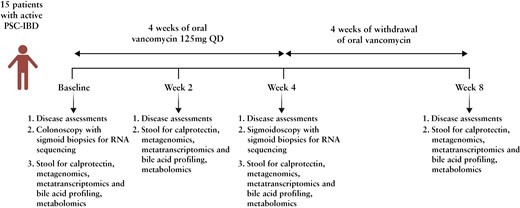2025-02-17 ノースウェスタン大学
<関連情報>
- https://news.northwestern.edu/stories/2025/02/study-maps-new-brain-regions-behind-intended-speech/
- https://iopscience.iop.org/article/10.1088/1741-2552/adaa20
非前頭皮質領域からの発話意図の解読 Decoding speech intent from non-frontal cortical areas
Prashanth Ravi Prakash, Tianhao Lei, Robert D Flint, Jason K Hsieh, Zachary Fitzgerald, Emily Mugler, Jessica Templer, Matthew A Goldrick, Matthew C Tate, Joshua Rosenow,…
Journal of Neural Engineering Published: 13 February 2025
DOI:10.1088/1741-2552/adaa20

Abstract
Objective. Brain machine interfaces (BMIs) that can restore speech have predominantly focused on decoding speech signals from the speech motor cortices. A few studies have shown some information outside the speech motor cortices, such as in parietal and temporal lobes, that also may be useful for BMIs. The ability to use information from outside the frontal lobe could be useful not only for people with locked-in syndrome, but also to people with frontal lobe damage, which can cause nonfluent aphasia or apraxia of speech. However, temporal and parietal lobes are predominantly involved in perceptive speech processing and comprehension. Therefore, to be able to use signals from these areas in a speech BMI, it is important to ascertain that they are related to production. Here, using intracranial recordings, we sought evidence for whether, when and where neural information related to speech intent could be found in the temporal and parietal cortices Approach. Using intracranial recordings, we examined neural activity across temporal and parietal cortices to identify signals associated with speech intent. We employed causal information to distinguish speech intent from resting states and other language-related processes, such as comprehension and working memory. Neural signals were analyzed for their spatial distribution and temporal dynamics to determine their relevance to speech production. Main results. Causal information enabled us to distinguish speech intent from resting state and other processes involved in language processing or working memory. Information related to speech intent was distributed widely across the temporal and parietal lobes, including superior temporal, medial temporal, angular, and supramarginal gyri. Significance. Loss of communication due to neurological diseases can be devastating. While speech BMIs have made strides in decoding speech from frontal lobe signals, our study reveals that the temporal and parietal cortices contain information about speech production intent that can be causally decoded prior to the onset of voice. This information is distributed across a large network. This information can be used to improve current speech BMIs and potentially expand the patient population for speech BMIs to include people with frontal lobe damage from stroke or traumatic brain injury.

